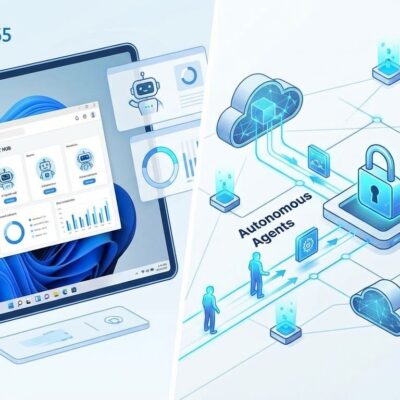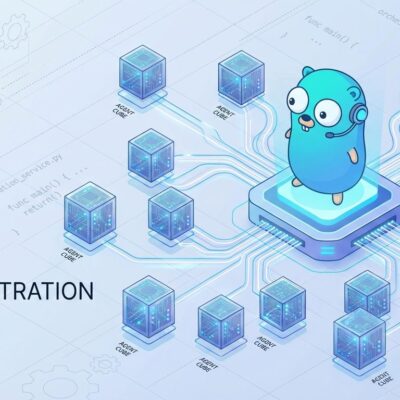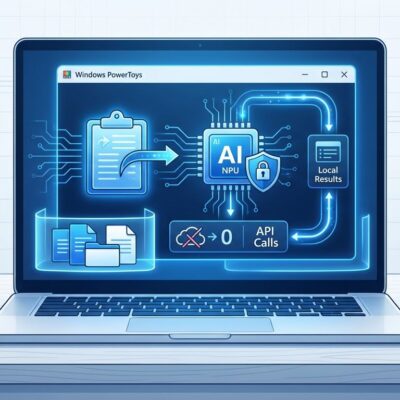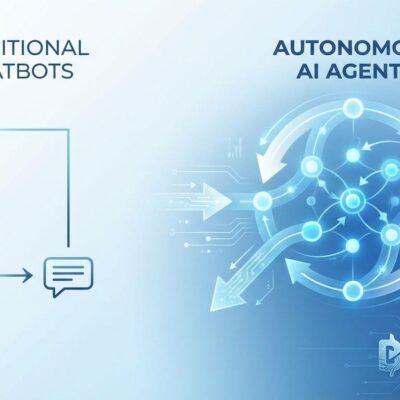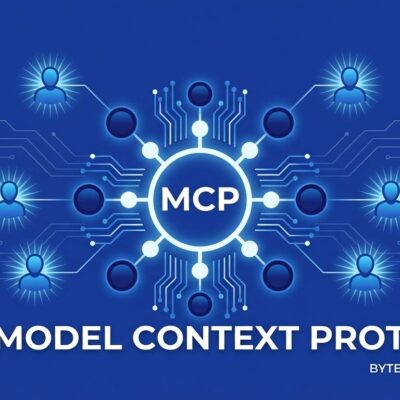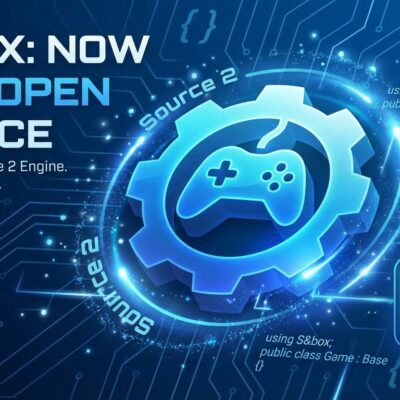Four MIT graduates turned down Big Tech offers in 2022 to build an AI code editor. Three years later, Cursor just raised $2.3 billion at a $29.3 billion valuation—making all four founders billionaires. On November 13, 2025, Cursor announced a Series D at $29.3B post-money, nearly tripling from roughly $10B in June 2025. This isn’t just another funding round. Cursor has exceeded $1 billion in annualized revenue and serves millions of developers across the majority of Fortune 500 companies. The numbers validate a fundamental shift in how software gets built.
The Numbers Prove This Isn’t Hype
Most startups dream of hitting a $1 billion valuation. Cursor hit $1 billion in revenue. The company’s enterprise revenue grew 100x in 2025 year-to-date, backed by investors including Thrive, a16z, Accel, and DST, with new strategic investments from NVIDIA and Google. When hardware giants and search behemoths start writing checks, it signals more than VC speculation—it’s validation that AI coding tools have become baseline infrastructure.
The adoption numbers back this up. Cursor serves millions of developers, over 50,000 teams globally, and the majority of Fortune 500 companies. At Coinbase, every engineer was using Cursor by February 2025, with most making it their preferred IDE. Real companies are seeing real results: teams report a 25% increase in PR volume and 100% increase in average PR size, effectively shipping 50% more code. These aren’t projections or pilot programs. This is production-grade tooling delivering measurable productivity gains.
What Makes Cursor Different: Agentic Coding
Here’s where Cursor diverges from GitHub Copilot and traditional AI coding assistants. Cursor doesn’t just predict your next line of code—it runs autonomous agents that execute multi-step tasks across your entire codebase. The company’s Composer model can spin up to eight agents simultaneously, each working independently to tackle problems from different angles or handle separate tasks. These aren’t glorified autocomplete suggestions; they’re agents that read files, run terminal commands, execute tests, and iterate until your requirements are met.
The technical architecture matters. Composer is a mixture-of-experts model trained with reinforcement learning in diverse development environments, achieving frontier coding results with generation speeds four times faster than similar models. Most turns complete in under 30 seconds. The interface shifts focus from files to outcomes—you describe what you want, and agents figure out how to get there. Cursor provides codebase-wide semantic search, native browser testing, and deep code review capabilities that go far beyond single-file suggestions.
Developers are voting with their wallets. In head-to-head evaluations, 93% of engineers select Cursor as their preferred AI coding tool. The value proposition is clear: instead of spending hours on boilerplate, debugging, and repetitive refactoring, developers orchestrate agents and focus on architecture and high-level decisions. The role shifts from hands-on coder to conductor.
The Battle With GitHub Copilot Heats Up
GitHub Copilot pioneered AI-assisted coding, but Cursor is now setting the pace for the category. The architectural difference is fundamental: Copilot functions as a plugin that integrates into existing IDEs, while Cursor is a standalone editor built from the ground up for agentic workflows. Copilot excels at zero learning curve and tight GitHub integration, making it ideal for teams wanting to add AI assistance without changing their workflow. Cursor costs twice as much ($20/month vs. $10/month) but delivers full codebase awareness, multi-file edits, and autonomous agent capabilities that Copilot can’t match.
The broader market tells the story. AI coding tools are projected to grow from $7.37 billion in 2025 to $23.97 billion by 2030, a 26.6% CAGR. Developer adoption is already massive: 82% of developers use AI tools weekly, 41% of GitHub code is now AI-generated, and 84.4% of programmers have experience with AI code-generation tools. Enterprise buyers no longer view these tools as experiments—they’re baseline productivity infrastructure. Cursor’s $29B valuation reflects that shift.
The Uncomfortable Truth for Junior Developers
Let’s address the elephant in the room. Junior software roles are down 30% in the past year. Job postings for entry-level developers have dropped 70% compared to pre-AI 2022 levels. General Assembly, one of the most prominent coding bootcamps, shut down earlier in 2025, citing diminished demand for basic coding skills. The tasks that used to occupy junior developers—writing boilerplate, debugging syntax errors, implementing straightforward features—are precisely what agentic coding tools automate.
The data is stark: 70% of hiring managers believe AI can do the work of interns, and 37% of employers would rather “hire” AI than recent graduates. This isn’t fear-mongering; it’s market reality. Tools like Cursor raise the bar for what “entry-level” means. Employers now expect AI-native developers with expertise in AI integration, system architecture, and higher-order thinking—not just the ability to write a for loop.
But there’s a path forward. Over 80% of AI coding bootcamp graduates find jobs within six months, because they’re learning to work alongside AI rather than compete with it. The market still rewards developers who can architect systems, make technical decisions, and translate business requirements into working software. The role is evolving, not disappearing. Cursor’s success accelerates that evolution, and developers who adapt will thrive.
What This Means Going Forward
Cursor’s $29 billion valuation validates the shift from “AI-assisted” to “AI-driven” development. The future isn’t about AI tools that help you type faster—it’s about autonomous agents that handle entire features while you focus on what matters: architecture, trade-offs, and building products users actually need. Multi-modal AI is coming next, where agents will process code, diagrams, images, and natural language seamlessly. Autonomous DevOps will extend agentic capabilities across the entire software development lifecycle, from code generation to testing, deployment, and monitoring.
For developers, the message is clear: adopt AI tools now. They’re no longer experimental. Level up your skills beyond basic coding—focus on systems thinking, AI oversight, and architecture. Embrace the shift from typing code to directing agents. And stay current, because the pace of change is accelerating. A three-year-old company just hit $29 billion in valuation and $1 billion in revenue by betting on agentic coding. That should tell you something about where this industry is heading.
The Agentic Coding Era Has Arrived
Four MIT grads saw the future in 2022 and bet everything on it. Three years later, they’ve built a company worth $29 billion with $1 billion in annualized revenue. The lesson isn’t about funding rounds or unicorn valuations. It’s about what developers actually want: agentic tools that understand entire codebases, ship working code, and free them from repetitive tasks. Cursor’s success proves the market is ready for AI-driven development, not just autocomplete suggestions.
The agentic coding era has arrived. The question isn’t whether to adapt—it’s how quickly.

